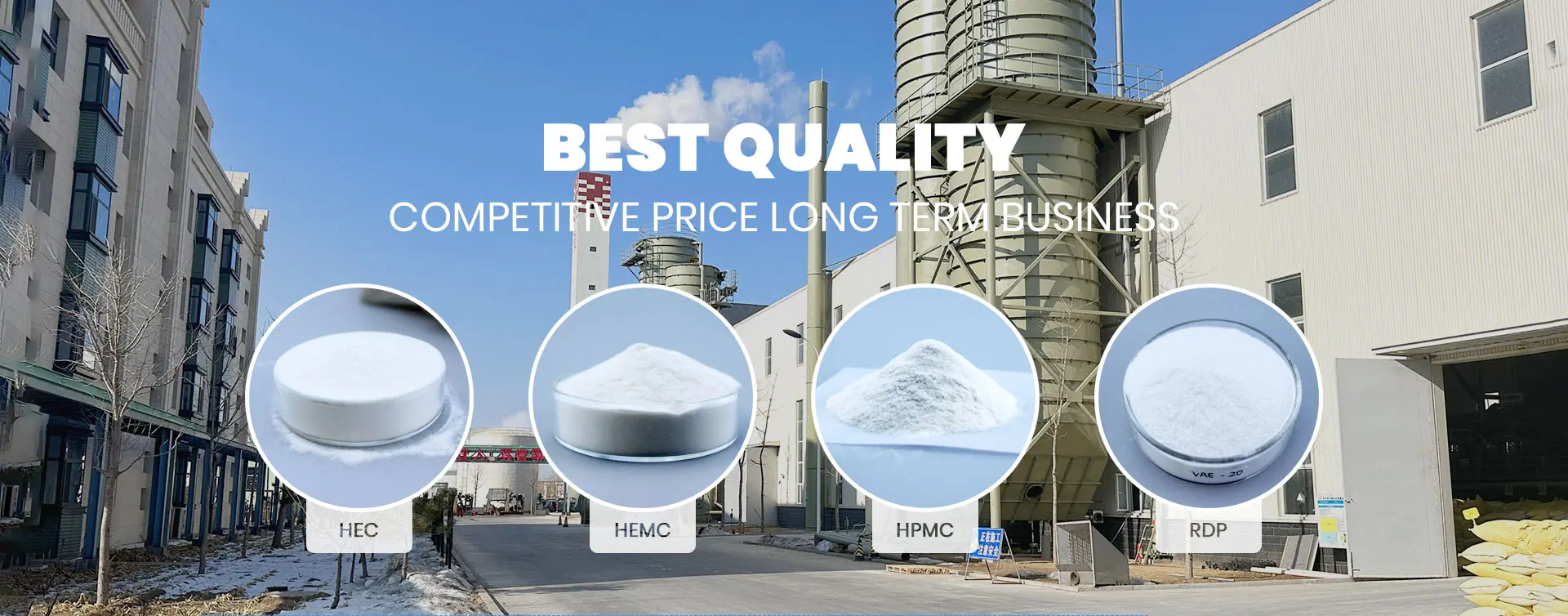
Oct . 10, 2024 20:12 Back to list
hpmc
Exploring HPMC The Versatile Polymer
Hydroxypropyl Methylcellulose (HPMC) is a specialized cellulose ether that has garnered significant attention in various industries due to its unique properties and versatility. As a derivative of cellulose, HPMC is produced through the chemical modification of natural cellulose, leading to a product that exhibits a range of functional characteristics important for numerous applications.
One of the most notable features of HPMC is its excellent water-solubility, which allows it to form gel-like substances upon hydration. This property makes it a popular choice in the pharmaceutical industry, where it serves as a binding agent in tablet formulations and as a thickening agent in liquid medications. The ability of HPMC to control the release of active ingredients helps in developing sustained-release formulations, ensuring that medications can effectively provide therapeutic effects over an extended period.
.
The construction industry also benefits from the properties of HPMC. It is widely used in cement-based products such as tile adhesives, plasters, and grouts. The addition of HPMC improves workability, enhances adhesive strength, and extends the open time of these materials, allowing for greater flexibility during application. Furthermore, its water-retaining properties help ensure that the cement remains workable for longer periods, reducing the risk of cracking and enhancing overall durability.
hpmc

HPMC’s versatility does not end there; it has found applications in cosmetics and personal care products as well. Its thickening and film-forming abilities make it a valuable ingredient in lotions, creams, and gels. By stabilizing emulsions, HPMC contributes to the overall aesthetic and feel of products, making them more appealing to consumers. Additionally, its mild nature and non-irritating properties make it suitable for sensitive skin formulations.
Another exciting aspect of HPMC is its potential use in 3D printing. The construction of complex structures through additive manufacturing is becoming increasingly feasible with the development of new materials. HPMC can act as a binder in the printing process, ensuring that printed layers adhere effectively while maintaining the necessary flexibility and strength in the final product. This property opens new avenues in manufacturing techniques, particularly in producing intricate designs and shapes that were previously challenging to achieve.
However, like any material, the use of HPMC is not without challenges. Its performance can be influenced by various factors, including temperature, pH, and concentration. Therefore, understanding these parameters is crucial for maximizing its effectiveness across different applications.
In conclusion, Hydroxypropyl Methylcellulose (HPMC) is a remarkable polymer that showcases a broad spectrum of applications across various industries, from pharmaceuticals and food production to construction and cosmetics. Its multifunctional properties, such as water solubility, thickening abilities, and emulsification, highlight its importance in enhancing product formulations. As research continues to explore the full potential of HPMC, it is likely that its presence will expand further, contributing significantly to innovation and development in many fields. Whether improving medication efficacy, enhancing food textures, or facilitating the construction process, HPMC stands out as a versatile and indispensable ingredient in modern applications.
-
Versatile Hpmc Uses in Different Industries
NewsJun.19,2025
-
Redispersible Powder's Role in Enhancing Durability of Construction Products
NewsJun.19,2025
-
Hydroxyethyl Cellulose Applications Driving Green Industrial Processes
NewsJun.19,2025
-
Exploring Different Redispersible Polymer Powder
NewsJun.19,2025
-
Choosing the Right Mortar Bonding Agent
NewsJun.19,2025
-
Applications and Significance of China Hpmc in Modern Industries
NewsJun.19,2025







